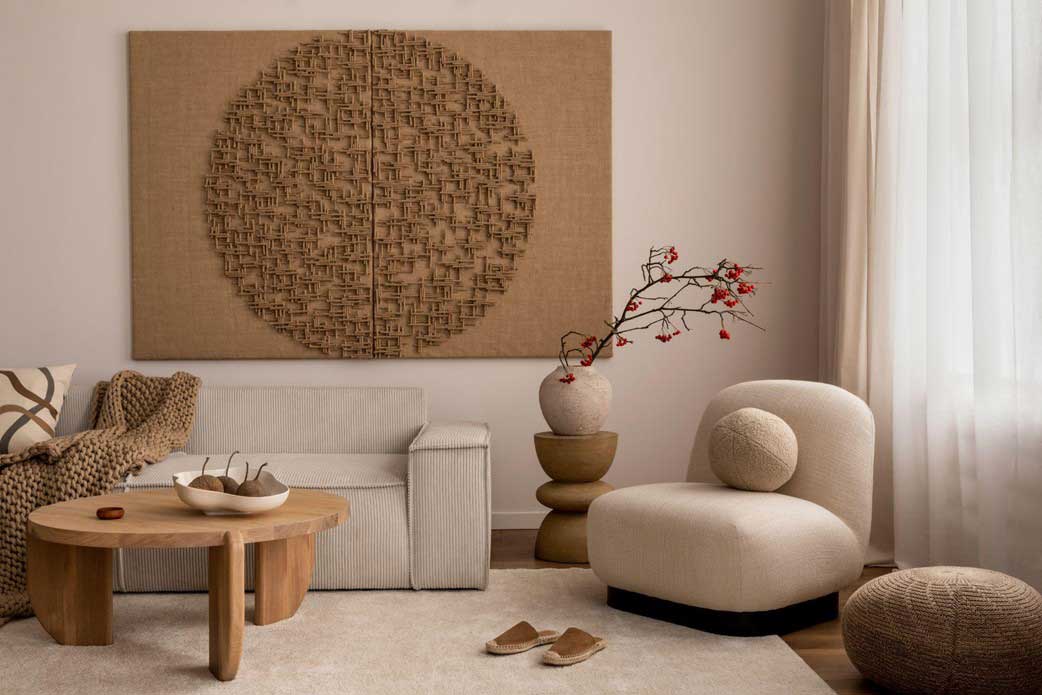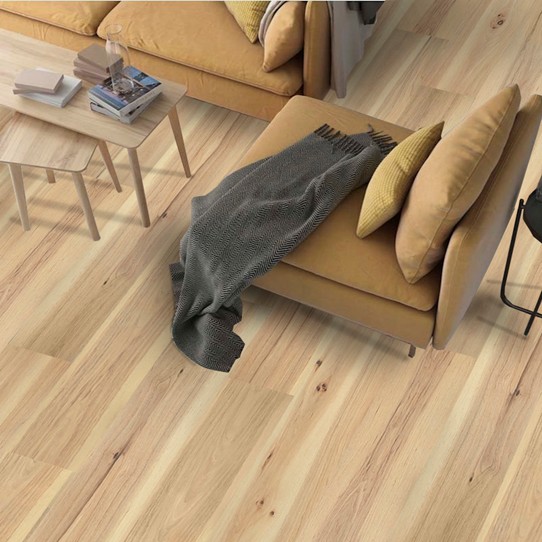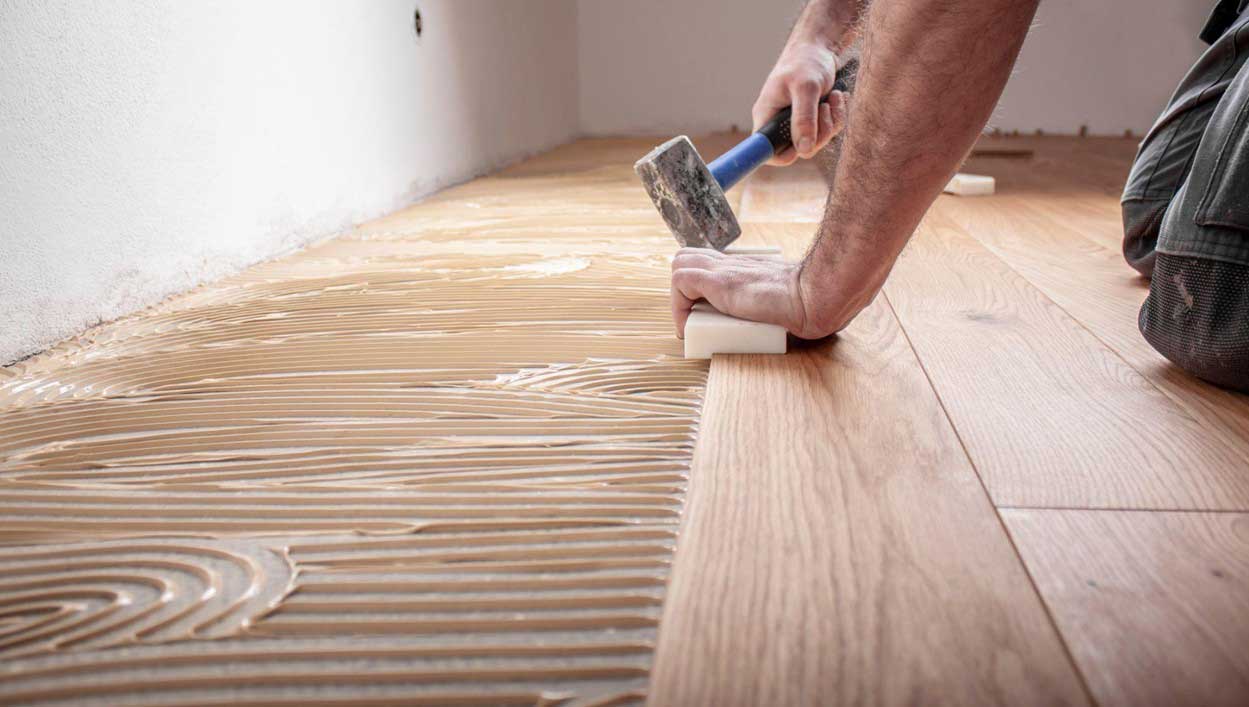The right rug not only complements a space but also elevates its overall character and atmosphere. At Western Distributors, we understand that every rug tells a story, anchors your style, and adds personality to your space. Whether you’re layering textures, defining zones, or simply seeking warmth underfoot, selecting the right rug is both a creative […]

The right rug not only complements a space but also elevates its overall character and atmosphere. At Western Distributors, we understand that every rug tells a story, anchors your style, and adds personality to your space. Whether you’re layering textures, defining zones, or simply seeking warmth underfoot, selecting the right rug is both a creative and practical decision. Here’s how to make the right choice for your home or business.
Floor rugs do more than complete a room’s look; each one serves important functional roles. A well-chosen rug protects surfaces from normal wear and tear, enhances acoustics by absorbing sound, and helps insulate floors for better temperature management. It also adds comfort underfoot, creating a warm and welcoming environment. Whether crafted from wool or synthetic mineral fibres, the right rug blends beauty with practicality.
Selecting a rug begins with understanding the space it will serve. Each room has different needs depending on its use, which will guide choices around material, size, and texture.
A rug doesn’t always have to fade into the background; it can be the focal point or a subtle frame that enhances a space. Whether the goal is to anchor, contrast, or accent, selecting the right rug is a key design decision that helps tie all elements of a room together. Knowing how to position a rug, according to an interior design, can significantly impact the balance and flow of a room, ensuring it complements rather than competes with surrounding furniture.
The colour of a rug should work in harmony with the overall scheme of the room. It can:
Pattern size and complexity play a major role in how a rug fits visually within a room.
Always consider the room’s existing decor before choosing a rug with strong visual elements.
The design of the rug should reflect and complement the character of the furniture in the room.
The rug’s design should support the room’s overall theme rather than compete with it.
Correct placement ensures that the rug feels integrated, not like a floating element.
Rugs are made from a variety of fibres, each suited to different types of use. When selecting a rug, it’s important to consider durability, maintenance, and how the material feels underfoot.The most common materials for rugs include both natural and synthetic fibres, each offering distinct benefits depending on the setting.
Selecting a rug that is too tiny for the space is a common error that can upset the equilibrium of the room. Getting the size right makes a room feel complete and visually grounded.
Measuring the space in advance helps avoid misalignment and enhances overall harmony in the room.
Choosing the perfect rug doesn’t need to be overwhelming. When style, size, substance, and room purpose are carefully considered, your new rug may make a stunning addition to your area. At Western Distributors, we help you make confident, informed choices from our wide range of rugs, carpets, and flooring. Looking for the perfect rug? Reach out to us for personalised assistance, showroom visits, or a quote.
What factors should be considered when selecting the right rug size for a living room?
For a well-balanced seating area, choose a rug that allows the front legs of key furniture pieces to rest on its surface, helping to unify the overall design.
How should a rug be cleaned and maintained?
Consistent vacuuming, periodic rotation, and prompt attention to spills are key to maintaining the rug’s appearance and longevity. For rugs made from delicate materials, professional cleaning is recommended to maintain quality.
Is it possible to properly overlay a rug over existing carpet?
Yes, placing a rug over carpet is an effective way to introduce additional texture and enhance the overall aesthetic of a space. It is advised to use a rug pad to improve stability and stop slipping.
When should a rug be replaced?
Rugs typically last between 5 to 15 years, depending on the material used, traffic levels, and maintenance practices. Signs of wear, fading, or flattening may indicate the need for replacement.
Do rugs contribute to insulation?
Rugs can assist in reducing heat loss, minimising floor drafts, and absorbing sound, all of which contribute to a more energy-efficient and comfortable environment.

Flooring has evolved from a purely practical element into a defining feature of design, longevity, and environmental responsibility. At Western Distributors, we’re seeing Australian homeowners and designers lean into flooring that blends innovation with timeless appeal. Whether renovating or building from scratch, staying ahead of these key trends ensures spaces remain both modern and liveable. This article explores the five most prominent flooring trends shaping Australia’s interior landscape.
Read more
Choosing the perfect rug is more than a design decision; it’s an essential step in creating visual harmony. At Western Distributors, we understand that a rug acts as a bridge between flooring and furniture, binding the elements of a room together. From sleek modern spaces to warm traditional interiors, matching rugs with flooring and furniture […]
Read more
At Western Distributors, we understand that choosing the right floorboards goes beyond aesthetics. It’s about safety, performance, and long-term reliability. Flooring plays a critical role in the structural and environmental health of your home, and understanding the safety standards behind it is essential for peace of mind. From slip resistance to formaldehyde emissions, this article […]
Read more